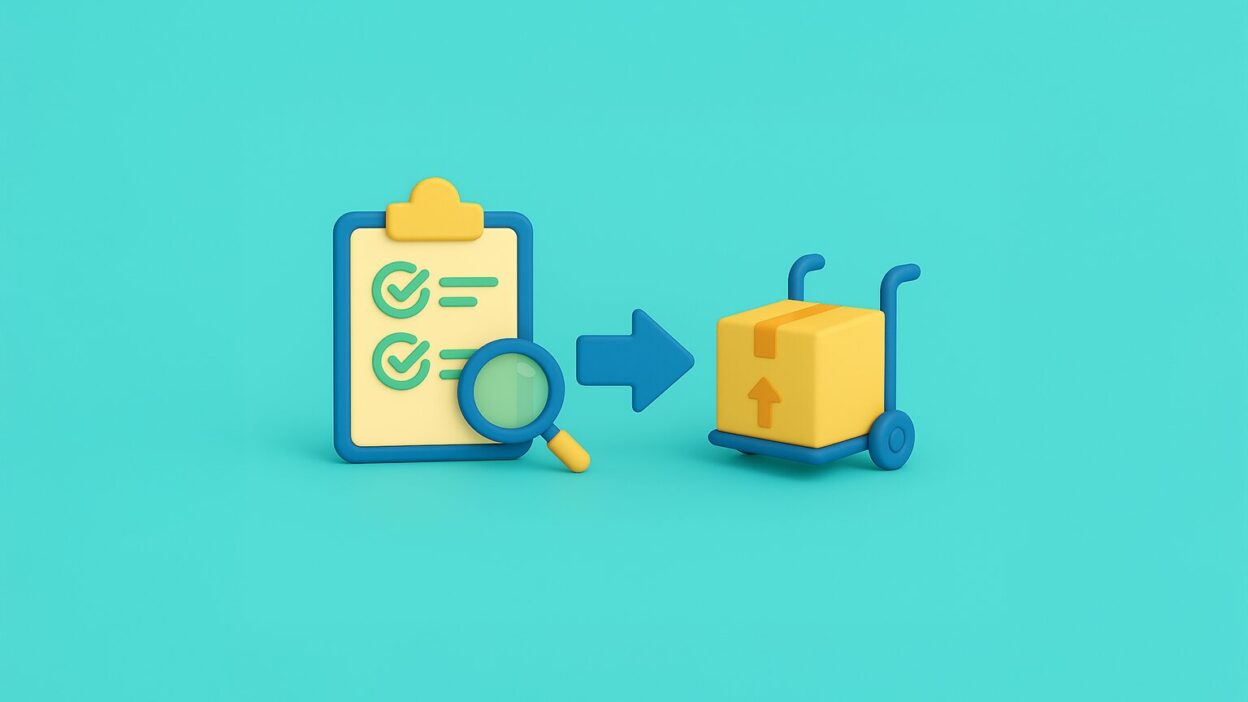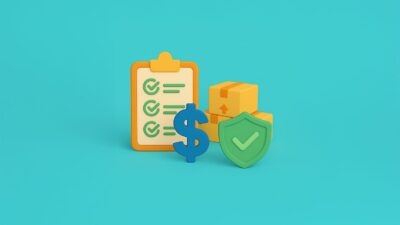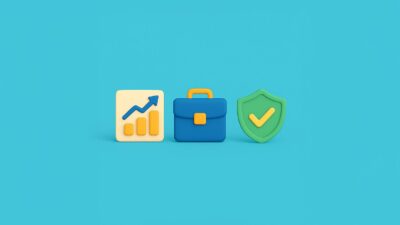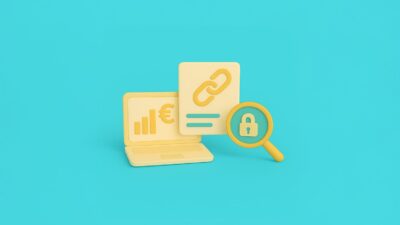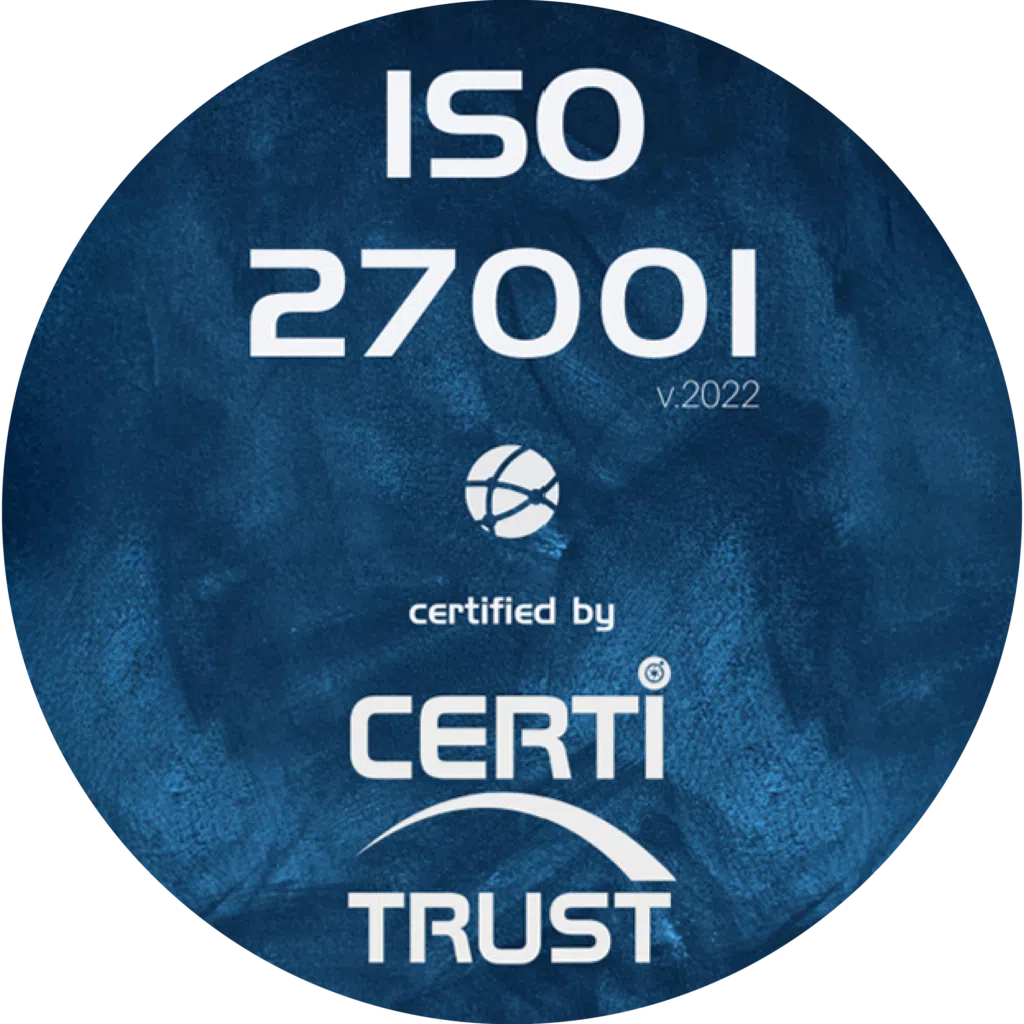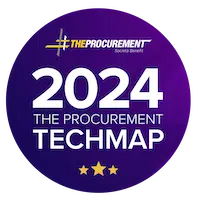In the field of purchasing management, it’s common to hear the words purchasing and procurement as if they were similar terms. Although the two may appear identical, their meanings differ. That’s why we need to clarify the difference between purchasing and procurement. Supply management is a complementary function, applying the measures defined by the company’s purchasing function. But that’s not the only difference. Find out more about the distinction between purchasing and procurement in this article.
What’s the difference between purchasing and procurement?
When we refer to purchasing, we must take into account the supplier selection process (sourcing), the establishment of payment terms, strategic control, the competitive bidding process, then the selection of the supplier according to the company’s interests, contract negotiation and the actual purchase of goods.The procurement function refers to theacquisition of all goods, services and works essential to the company, and its routing process. To ensure proper purchasing management, it is important to avoid mixing up the terms purchasing and supply.


Why is purchasing strategy important?
When we talk about purchasing management, we need to bear in mind that it impacts on various functions that are essential to the smooth running of the company. If your business revolves around the production of materials, then an efficient supply of raw materials is essential. Likewise, a purchasing team in charge of strategy ensures good management of the organization’s total costs: storage costs, production costs, purchasing costs. Implementing an efficient purchasing process should be seen as a central element of corporate strategy.
Adapting purchasing policy to corporate identity
Purchasing management and corporateidentity are inextricably linked. You need to take this into account in your purchasing policy. For example, if your company has decided to adopt an identity based on environmentally-friendly ethics, then you need to adapt your strategy towards responsible purchasing. It must fully reflect the company’s vision. In this context, your brand must source all its materials from companies with a similar ethos. You should only use materials that do not have a dangerous impact on the environment, but also analyze suppliers’ performance on social and ethical issues.
Adopt a market position based on brand image
Customers attach importance to the philosophies and practices of a brand or company. Some only choose companies that share and reflect the same values as they do. The key is to ensure that your company’s capabilities and issues reflect those of your brand’s image. To achieve this, you need to hire the right human resources. They must be capable of putting into practice the values/philosophies that your company wishes to disseminate.
What are the stages in the Procure-to-Pay process?
Within a company, the Purchasing function needs to be aligned with corporate strategy. This is one of its ultimate objectives. The process of procuring goodsand services, when digitized with innovative tools, is also known as Procure-to-Pay. It is structured around the steps to be followed in order to procure:
- Identify needs
- Approve purchase requisitions
- Identify suppliers
- Competitive bidding
- Receive quotations
- Negotiate
- Select supplier
- Register invoices
- Pay supplier
It sounds like a long process, but the extent of the procurement cycle is determined by the nature of the business. For multinationals, this cycle can be longer than average. In particular, the identification of needs can go through a more complex phase, as can the validation circuit, which is subject to a multitude of players and parameters. In an SME, this cycle is often faster and simpler. Whatever the size of your organization or the sector in which it operates, setting up an efficient purchasing process is essential. Don’t hesitate to use an innovative solution that can be integrated with invoicing software.
How does the procurement process work?
Procurement is one ofthe subsets of the Purchasing function. This refers to the acquisition of goods and services. In this area, all that’s involved is creating the order, receiving it and paying for it. With the global Procure-to-pay cycle, procurement steps are simplified and even automated. From creation of the purchase order to receipt in the management software and payment to the supplier, you can generate significant time savings for your organization.
Why use a software solution for procurement?
Unlike the entire purchasing cycle, the procurement phases are not necessarily linked to the size or scope of the company. They are simply the fundamental steps in the creation of a purchase order that complies with company policy. Supplies are used regularly.Identical practices can beestablished in all companies. On the market, you can use software to facilitate your procurement system in order to gain in productivity.Even though purchasing and procurement are often used significantly closely, they should not be confused. It’s important to understand the difference between the two. Procurement is part of an overall purchasing process. Managing both cycles can be a daunting task, which is why a solution such as Weproc can make your job easier. This software enables you tooptimize purchasing management and streamline order placement within your company.
Want to learn more about our Weproc procurement management software?
Contact us or request your 15-minute demo below!

